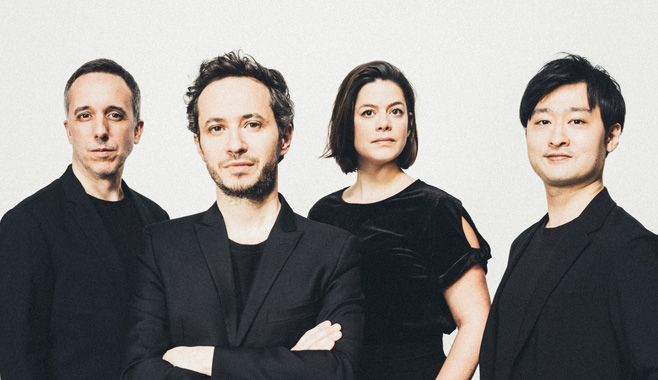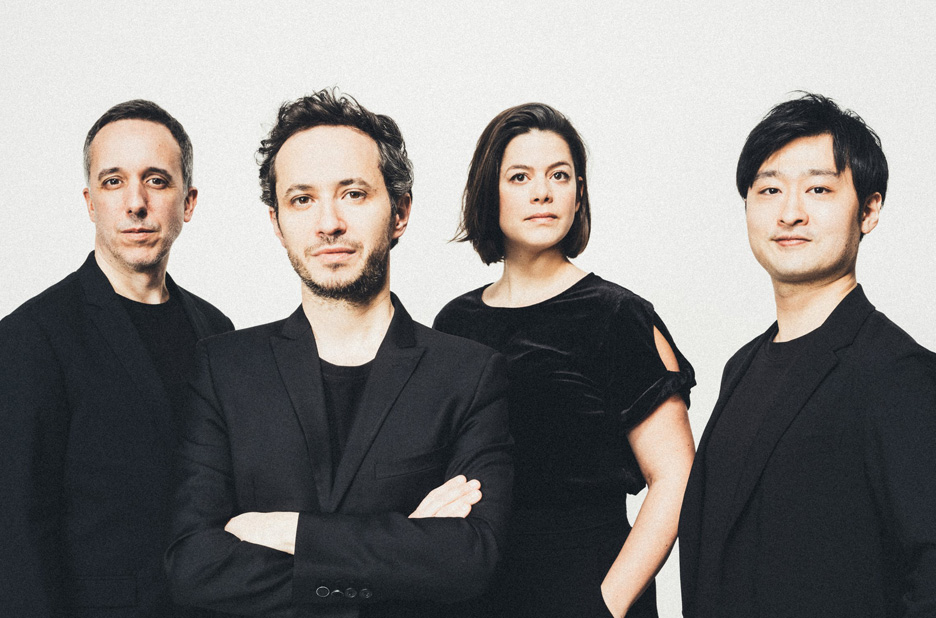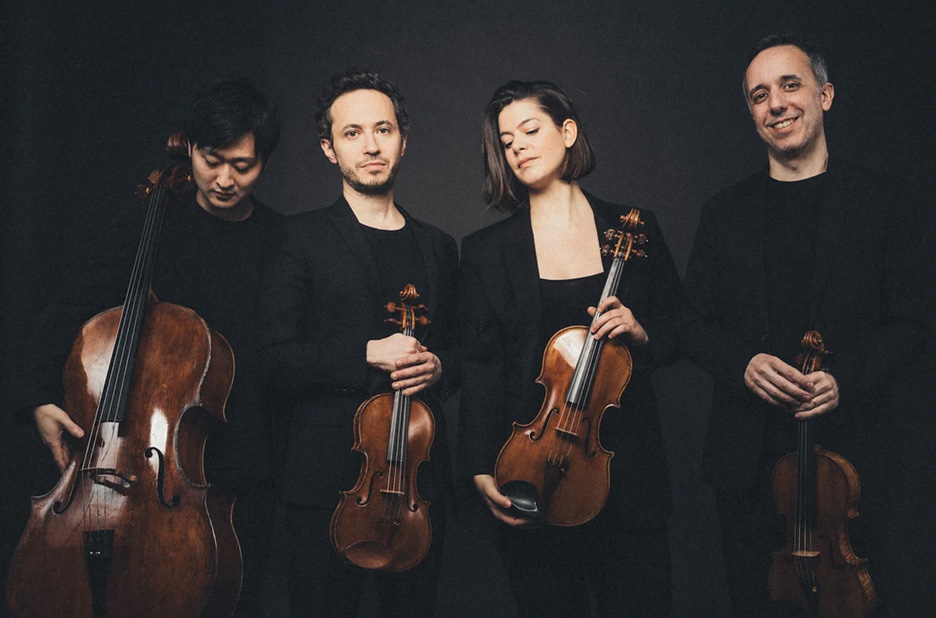Music
Quatuor Ébène
Wigmore Hall, London
5/5
Chamber magicians
Always on top of their game, fully prepared, fluent and inspiring, Quatuor Ébène never disappoint. They seem even better since acquiring a new violist Marie Chilemme and more recently a new cellist Yuya Okamoto. Like all the best established musical partnerships, they complement each other effortlessly and create exquisite layers of sound which it is a pleasure to follow and decipher. It would be a slight to say that they play as one, because there is so much individual variety and contribution, and yet, it is always in the service of hearing others and creating a unified and polished many-sided performance.


The evening started with Beethoven’s String Quartet No. 1 in F major, Op.18 No.1, a beautiful sonata with one of those attractive Beethovenian slow movements, allegedly inspired by Shakespeare’s Romeo and Juliet. The togetherness of the playing was just the first essential condition for everything else that was built on top and fell into place, perfect phrasing, momentum, stylistic excellence and lovely textures. It was the best of beginnings. Sometimes when Ébène play you feel like you are hearing a piece for the first time, such is their powerful timing and phrasing.
String quartets can often sound like small orchestras due to their complimentary ranges and timbres, and due to the essential nature of the sound of strings – the shorthand for the orchestral sound – and yet they are also only four musicians working together as equals in a chamber setting. Good quartets create equal exposure for all members even in pieces that don’t obviously provide it and with Ébène this is even more obvious due to the consistently high level of musicianship across the ensemble.
The former member of the quartet, cellist and composer Raphaël Merlin, wrote what we heard next, Tetrhappy: String Quartet (2025). Meant as a ‘four-way happy therapy’ this entertaining and humorous piece riffs off the dynamic between string quartet players, with many interesting ideas celebrating the quartet combinations and textures, and using the capabilities of the ensemble in inventive ways. The structure was probably its weakest feature, but there were many captivating moments such as the ‘tuning’ at the beginning, the close sliding passages and a memorable brief exchange between the first violin and viola. The ending was surprising, like a boat sailing off into the distance.

In the second half the quartet played Tchaikovsky’s String Quartet No. 3 in E flat minor Op.30. Again the performance was excellent although they are perhaps less well stylistically suited to the Russian repertoire.
The synergy between the first and second violin, Pierre Colombet and Gabriel Le Magadure, the longest serving members of the quartet, was stunningly organic as always. The colours of the viola and cello have blended even more sensitively into the ensemble’s sound since the last time I heard them: Chilemme’s exquisite strength has been channelled even more thoughtfully while Okamoto gives the quartet an expansive, subtle and confident authority in the lower ranges underpinning the harmonies and structures.